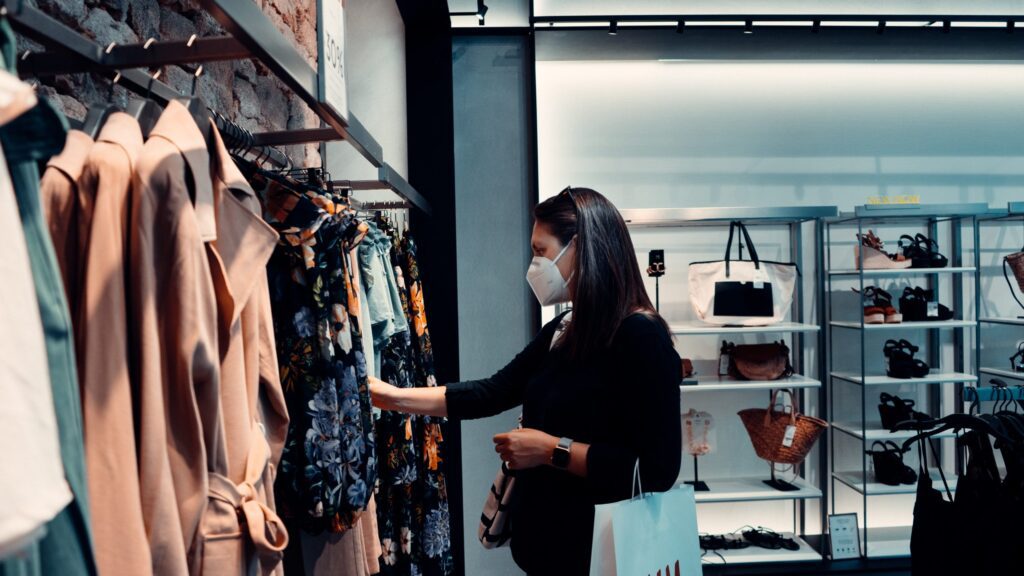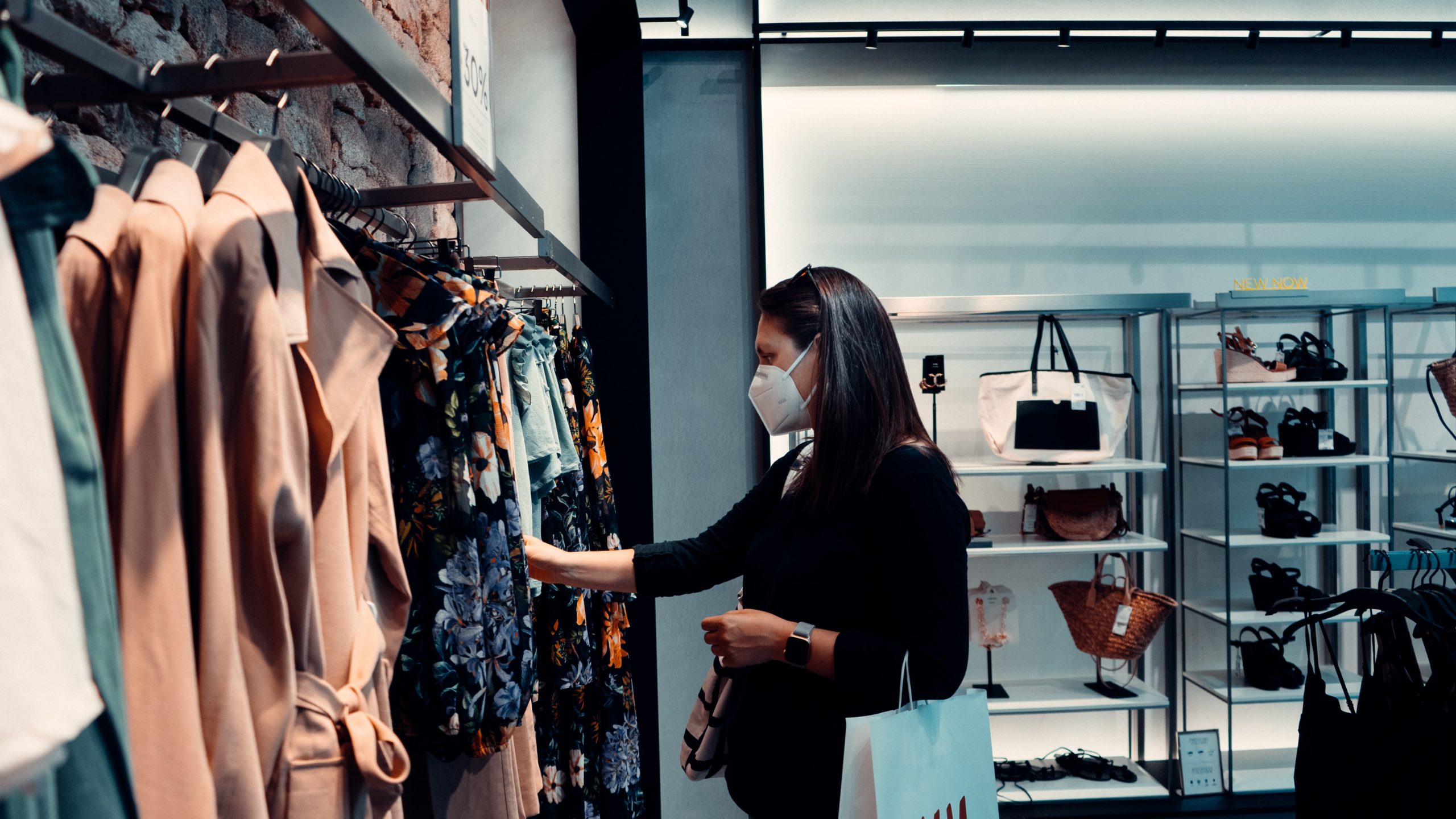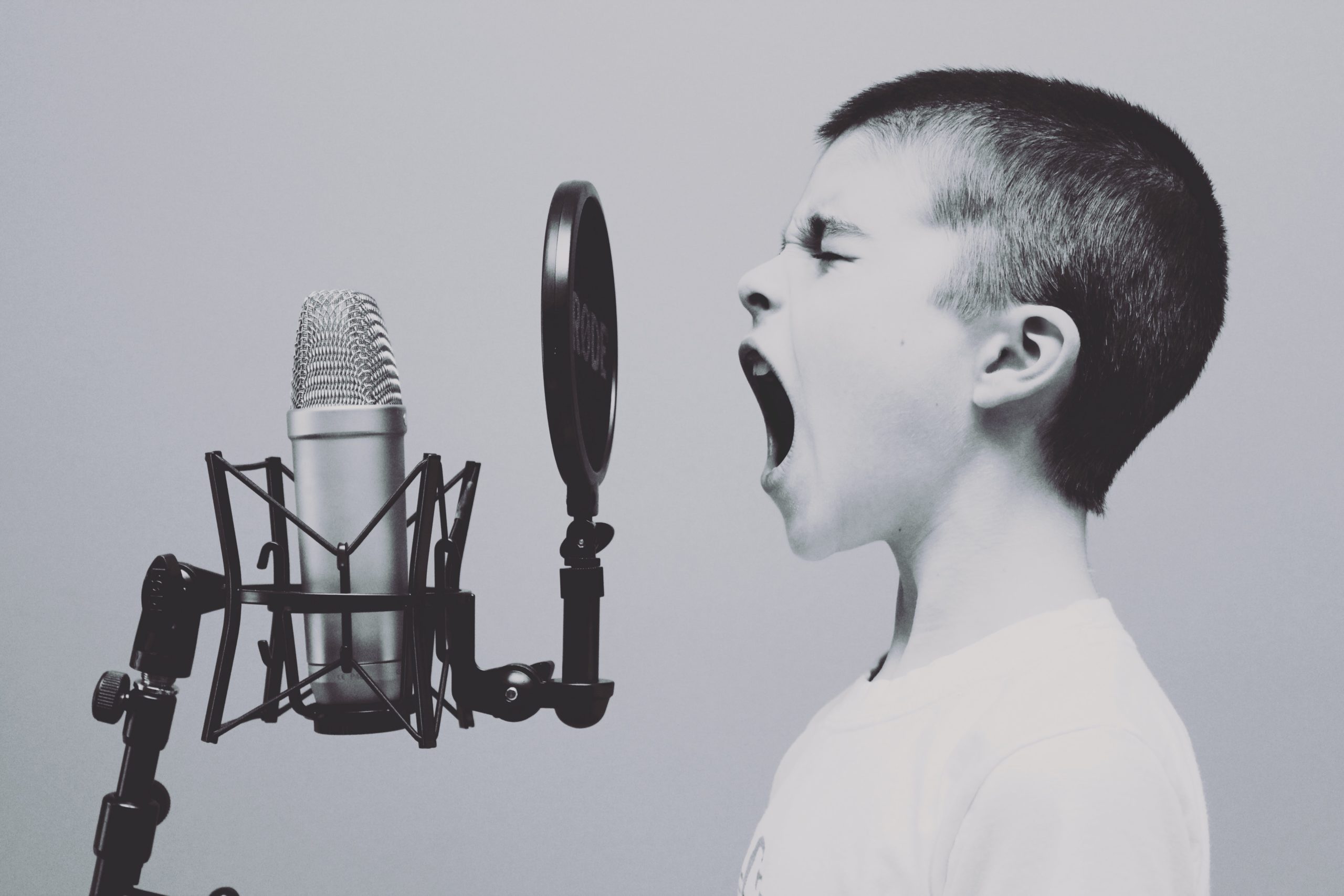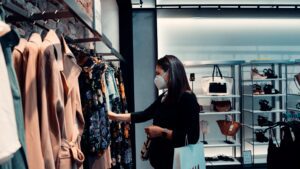Jul. 21, 2020

Health And Safety Protocols For Your Business Reopening
The last few months have been a whirlwind, to say the least. While things haven’t gone back to normal just yet (will they ever?), adjusting to this new normal has brought upon plenty of pivots to the business landscape. From complete changes in day-to-day operations to countless shifts in marketing strategies, one thing we’ve learned for certain these past tumultuous months, is how crucial it is to move in tandem with consumer behaviour. We’re all on a COVID-19 trajectory and it doesn’t look like the journey’s slowing down any time soon.
So where are we now?
Businesses Reopening During COVID-19

As government restrictions are starting to lighten and businesses are slowly allowed to open up again, there’s a huge uncertainty in our clients and consumers mindsets. They’re eager to start spending again, but not without caution. They want to know what measures your business is taking to keep them safe and protected, and they want to know without having to look dig too much or too far. Effective and concise communication is paramount. Without this, consumers may be wary to spend or conduct business with you.
As a business who specializes in strategy-first digital communication, we’re here to ensure you navigate your plans to segue successfully through this economic uncertainty. Let’s dive into what health and safety standards clients and consumers are expecting, and how your business can come out on top.
B2C Health And Safety Measures

For many of us, it’s been months since we’ve stepped foot inside a retail space that wasn’t a grocery store. While online shopping has been a godsend to keep us from going stir-crazy, it’s just not the same as feeling those buttery-soft, lycra Yoga pants in person. Yes, consumers are eager to start buying again, but not without knowing firsthand what you’re doing to keep them safe when they take the risk to visit you. It can ultimately be the deciding factor in whether people come in and spend.
Here’s a checklist of safety standards you should be communicating so that your consumers feel protected and reassured that there are COVID-19 measures in place throughout every point of contact.
COVID-19 Buyer Safety Checklist
- Physical distancing enforcement. Having clearly marked lines for entering the storefront, as well as the checkout line to ensure safe spacing between customers is vital.
- Staff PPE. Providing staff and team members with masks, gloves, and/or face shields where necessary.
- Sanitizing between customer visits. Regular and thorough cleaning of all touchpoints and surfaces including carts, baskets, chairs, etc.
- Checks the temperature of customers before entrance
- Mandatory mask requirements for all customers and staff
- Has Plexiglass shields at checkout and in between staff/client services such as a nail salon and manicures.
- Offers contactless payment and momentarily banning cash.
- Offers virtual appointments or consultations
- Limiting capacity. Allowing a small number of people in at a time with a dedicated line monitor.
How You Should Be Communicating

How you effectively communicate all the health and safety procedures you’ve enforced is important. Turn on your phone, your computer, or your television at any given point throughout the day, and you’ll be bombarded with numerous COVID-19 updates or articles. Social awareness is key during this pandemic and the community is keeping a careful watch on what practices businesses are following in light of it.
Have A COVID-19 Messaging Strategy
Customers are nervous about being back out in public. Listen to their needs, evaluate, and address health concerns to put them at ease. With the pandemic changing every single day, you’ll want to leverage your platforms to relay an effective and precise messaging strategy. After you determine what your health and safety standards and protocols are, have a communication plan to let your customers and clients know.
Identify Online Customer Touchpoints

Firstly, start by determining all the online pathways your customer may be using to land on your brand. From local search entries with citations such as Yelp, or ad directives towards high-volume landing pages, dig around to list out all online touchpoints so that your external communication bases are covered.
To help you get started, here’s a checklist of digital networks to be mindful of:
- Social Posts: Create a series of social posts on how your business has developed new COVID-19 safety mandates. Let the community know that you care about the overall safety of your employees as well as theirs and what policies you’ve put in place to maintain this. This can be updated on your social platforms such as Instagram and Facebook. Make it a series that you can put into a labelled collection/story highlight so that it’s not buried among the noise. Canva is an awesome resource with free COVID-19 infographic templates available. We also recommend filming videos of what you’ve implemented for extra content where viable – it always helps for customers to see what you’re doing to back up what they’re reading.
- Review Your Top Landing Pages: Have a look through your Google Analytics to see where your customers are entering your site most. Consider inputting a pop-out on your website or a notification bar that clicks to a blog post linking your COVID-19 protocols/resources. Make sure to limit the amount of times the pop-out appears to avoid overloading customers.
- Business Listings: Leverage your Google My Business by updating the designated “COVID-19 update” section. Google implements these posts to appear first on your business search in the SERP. Have a look through your local citations such as Yelp or FourSquare and update where possible.
- Email Database: Data consumption is up now more than ever. According to Campaign Monitor, email open rates have increased by 16% from February to March, showing that subscribers have a vested interest in what brands have to say. Leverage instant communication to your following by sending your COVID-19 brand updates.
House All The Information In One Area

Don’t bury your updates. With the quick climate of COVID-19, consumers are searching for easily digestible, fast bites of information. Having all of your updates located in a clear, centralized hub is crucial, and quite possibly the best customer service you can provide right now.
Consider having a destination page to drive all users towards. This would also help condition customers and clients to easily refer back to this source when they’re searching for more information. There have been endless updates since the business landscape has been turned upside down, having it all housed in one place helps your customer feel more confident and less overwhelmed.
Are you gearing up to open your business or have you been open? Let us know what actions you’ve implemented and how the last few months have been. Have a question about your marketing messaging or how to leverage digital marketing? Get in touch with us. Let’s get you to where you want to go.
Book with us
Let’s accomplish what you are looking for, our team of experts are here for you.
Let's work togetherWarning: Working with our team may result in excessive creativity, uncontrollable 'aha' moments, and an addiction to perfect pixels. Please proceed with caution.



